Is Binance Good for Trading in 2025?
Author: Jameson Richman Expert
Published On: 2025-10-27
Prepared by Jameson Richman and our team of experts with over a decade of experience in cryptocurrency and digital asset analysis. Learn more about us.
Is Binance good for trading is a common question for both beginners and experienced traders. This article provides an in-depth, up-to-date 2025 review of Binance’s trading features, fees, security, liquidity, and regulatory standing — plus practical comparisons, real examples, and actionable steps to decide whether Binance fits your needs. You’ll also find alternatives and resources (including articles on charting tools, AI bots, and market events) to build a smarter trading workflow.
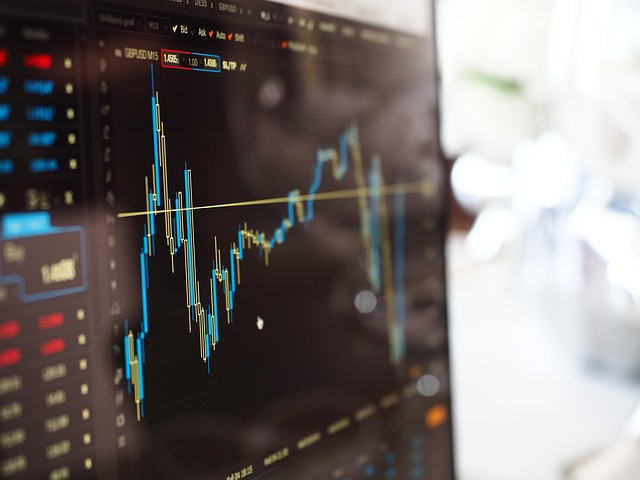
Quick summary: Is Binance good for trading?
Short answer: for many traders, yes — Binance remains one of the most competitive crypto exchanges because of its deep liquidity, broad product set (spot, futures, margin, staking, savings, NFTs), low fees, and advanced order types. However, regulatory constraints, jurisdiction-specific product restrictions, and a learning curve for advanced features mean it isn’t always the best fit for everyone. Below we break down the specifics so you can make an informed decision.
What makes an exchange “good” for trading?
Before judging Binance, it helps to list the core attributes that define a high-quality trading venue:
- Liquidity — tight spreads and reliable order fills
- Fees — transparent, competitive fee structure and discounts
- Product range — spot, futures, options, margin, staking
- Order types & tools — limit, stop, OCO, advanced charting
- Security & custody — cold storage, insurance, audits
- Regulatory compliance — legal clarity within your country
- UX & support — intuitive UI and responsive customer support
Binance at a glance (2025)
Binance is one of the largest global crypto exchanges by trading volume and coin listings. Key strengths:
- Very high liquidity on major pairs (BTC, ETH, USDT pairs)
- Low base spot fees (typically around 0.10% maker/taker; lower with BNB/volume)
- Extensive product set including spot, futures (perpetuals), options, margin, staking, lending, and savings
- Advanced order types and a powerful web and mobile UI
Important caveats: product availability and exact features depend on your jurisdiction. Some services (e.g., high-leverage futures) may be restricted or unavailable in certain countries.
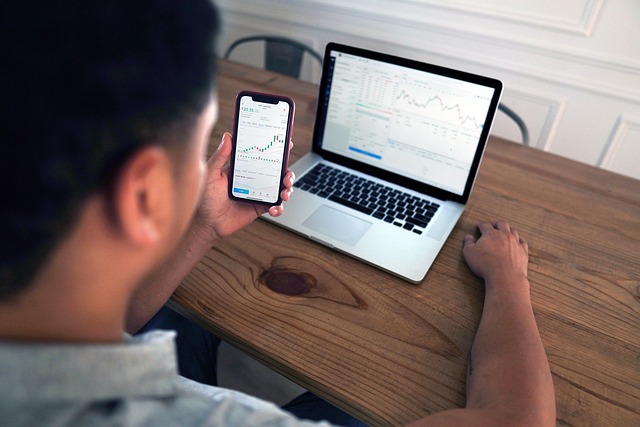
Liquidity & market depth
Liquidity is a primary reason many traders prefer Binance. High 24-hour trading volumes mean tighter spreads and better order fills — especially on BTC/USDT, ETH/USDT, and major altcoins. This is crucial for both day traders and algorithmic strategies where slippage can materially impact returns.
How to check liquidity fast:
- Open the order book for the pair you plan to trade.
- Look at aggregated bids/asks 1-2% from mid-price to estimate slippage for your trade size.
- Use volume and spread metrics on charting platforms (e.g., TradingView) for context.
For charting and ecosystem analysis, see the TradingView ranking and platform analysis linked here for more context: TradingView ranking: in-depth analysis.
Fees: transparent but variable
Binance’s fee structure is a key competitive advantage:
- Spot trading: base maker/taker ~0.10% (often lower with BNB discounts, VIP tiers, or high volume)
- Futures: low fees with maker rebates on some contracts; funding rates apply
- Withdrawals: network gas fees (varies by coin and network)
Example fee calculation:
If you buy $10,000 of BTC spot with a 0.10% taker fee, fee = $10. If you hold BNB and get a 25% discount, fee drops to $7.50. For high-frequency or large-volume traders, VIP tiers can reduce fees further or apply maker rebates.
Order types, trading tools, and charting
Binance supports standard and advanced order types (limit, market, stop-limit, trailing stop, OCO). The exchange integrates charting tools and indicators but many traders prefer linking their workflows to professional charting platforms like TradingView for advanced studies, multi-timeframe analysis, and alerts. For charting context and platform ranking info, the earlier TradingView analysis is useful: TradingView ranking & analysis.

Security, custody, and insurance
Security is essential. Binance has improved security posture since earlier incidents, with measures such as:
- Cold wallet custody for most assets
- Two-factor authentication (2FA) and device/withdrawal whitelisting
- SAFU (Secure Asset Fund for Users) — an emergency insurance reserve
However, no exchange is risk-free. Best practices for reducing custody risk:
- Use hardware wallets for long-term holdings (see the hardware wallet guides on the official sources).
- Enable 2FA and withdrawal whitelists.
- Avoid storing large balances on exchanges unless required for active trading.
For authoritative background about Binance as a company, regulatory history, and developments, consult the Binance Wikipedia entry: Binance — Wikipedia.
Regulation and jurisdictional constraints
Regulatory issues are a key consideration in 2025. Binance operates globally but faces country-specific restrictions. For instance:
- Binance.US is a separate platform for U.S. users with fewer features and listed assets.
- Some European countries have implemented limitations or registration requirements.
Before relying on Binance, check local law and Binance’s regional pages. If the flagship Binance platform is not available or restricted in your country, explore local alternatives or regulated on-ramps.
User experience: interface, mobile app, and APIs
Binance’s interface is feature-rich and can feel overwhelming to beginners. Key UX points:
- “Basic” and “Advanced” trading screens help tailor complexity to your skill level.
- Mobile app supports nearly all desktop features — orders, charts, futures, staking.
- Robust API for algorithmic traders — REST and WebSocket endpoints for order book, trades, and account management.
Tip for new traders: start on the Basic UI, practice with small sizes or use a testnet environment for futures until you’re comfortable.
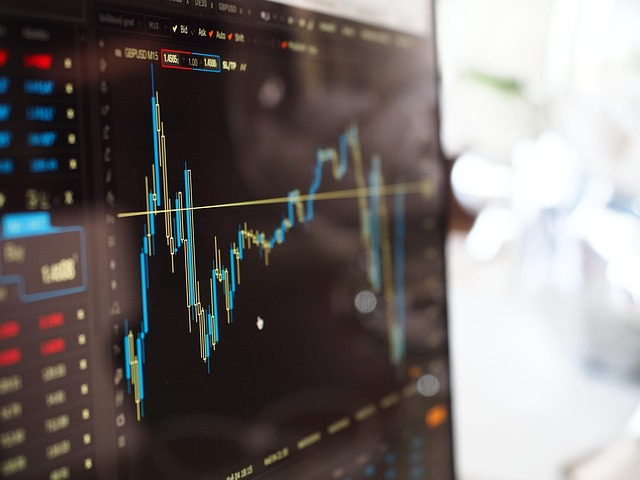
Advanced trading & algorithmic strategies
For algorithmic and day traders, Binance’s API access, high liquidity, and low fees make it attractive. Popular strategies executed on Binance include market making, scalping, and trend-following on spot and perpetual futures.
If you’re exploring automated bots, read careful analyses of profitability and risks. A helpful resource is this article discussing AI trading bot profitability, risk, and strategies: Can you make money with AI trading bots?
And for a guide specifically on crypto day trading bots and setup, see: Mastering the crypto day trading AI bot strategies.
How Binance handles high-volatility events
High-volatility events test an exchange’s matching engine, risk controls, and liquidity. Binance historically has maintained service during many volatile periods, though extreme volatility can trigger liquidations and wide spreads.
A practical example is the impact of a major altcoin sell-off. For analysis on a real-world sell-off and recovery strategies, read the XRP sell-off article for relevant lessons on volatility handling: XRP sell-off causes, impact, and recovery strategies.
Fees comparison: Binance vs. alternatives
Comparing fee structure and features helps determine if Binance is the right choice. Here are three exchanges often compared with Binance — each linked with registration options if you want to test alternatives.
- Binance (sign up): Register on Binance (referral)
- MEXC: often competitive on altcoins and provides futures — Sign up at MEXC
- Bitget: strong copy-trading and derivatives — Sign up at Bitget
- Bybit: strong derivatives platform with competitive fees — Sign up at Bybit
Quick fee comparison (typical, subject to change):
- Binance spot: ~0.10% maker/taker
- MEXC spot: ~0.20% but often promos/discounts
- Bitget spot: ~0.10% with discounts via membership
- Bybit spot: ~0.10% with VIP tiers
When choosing an exchange, consider total cost of trading (fees + slippage + funding rates for futures), not only the nominal fee rate.

Practical example: placing a trade on Binance
Here’s a step-by-step spot trade example that demonstrates effective trading practice:
- Research and select pair (e.g., BTC/USDT) — verify liquidity via order book.
- Decide entry method: limit order to reduce slippage; set price and quantity.
- Set stop-loss and take-profit levels based on risk tolerance (use % or ATR-based sizing).
- Place order and monitor using alerts (mobile push or email) — use trailing stop if you want to lock in gains.
- Log the trade (entry, exit, rationale, result) for performance review.
This process minimizes emotional trading, controls risk, and enables continuous improvement.
Risk management best practices
Regardless of exchange, robust risk management is non-negotiable. Key rules:
- Risk only a small % of capital per trade (1–2% typical for discretionary traders)
- Use stop-losses — define them before entering trades
- Limit leverage — excessive leverage multiplies both gains and losses
- Diversify exposure across coins or strategies
Taxes and recordkeeping
Trading on Binance requires accurate recordkeeping for taxes. Download trade and transaction history from the platform and consult local tax rules. Binance provides export tools in the account section for transaction histories and tax reports. For complex strategies or derivative positions, get professional tax advice.

Customer support and dispute resolution
Binance offers multiple support channels: help center docs, live chat, and ticketing systems. Response times vary by issue and region; premium customers may obtain faster service. For escalations, gather full trade IDs, timestamps, and screenshots — clear documentation shortens resolution time.
When Binance might not be the best choice
Consider alternatives if any of the following apply:
- Where regulatory constraints limit features you need (use a local regulated exchange instead).
- You prefer fully regulated custodial services with local insurance or bank partnerships.
- You need a niche altcoin that Binance doesn’t list (explore smaller exchanges but beware of liquidity and security tradeoffs).
How to evaluate Binance (or any exchange) quickly
Checklist for a rapid exchange evaluation:
- Confirm legal availability and product restrictions in your country.
- Check spot and futures liquidity for your target coins.
- Review fee schedule and potential discounts (BNB, VIP tiers).
- Test the UI and mobile app for speed and responsiveness.
- Verify API latency and doc quality if using bots.
- Assess security features (2FA, cold storage statements, SAFU coverage).
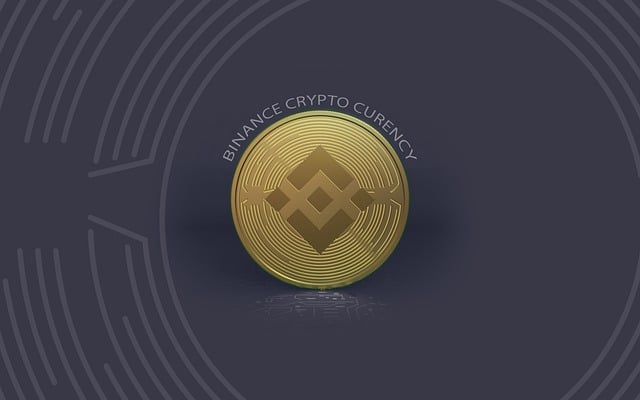
Using bots and automation on Binance
Many traders automate strategies on Binance. If you’re evaluating automation:
- Start with backtesting on historical data before running live.
- Limit the risk per strategy and use simulated trading where possible.
- Review the profitability and risk analysis in this in-depth study of AI bot profitability: Can you make money with AI trading bots? — analysis.
For a practical setup guide on day trading bots, consider this resource: Mastering the crypto day trading AI bot strategies.
Case study: altcoin volatility and exchange behavior
When altcoins experience large sell-offs, exchanges face heavy order flow and unusual liquidity conditions. A useful case study examines XRP and the market reaction; reading recovery strategies and impact analysis can inform how you trade volatile assets: XRP sell-off causes and recovery strategies.
Legal considerations & staying compliant
Always follow your jurisdiction’s KYC/AML rules. Binance requires identity verification for certain limits and features. Keep tax records and consult a tax professional for cross-border or high-frequency trading scenarios. For regulatory context, consult government resources and reputable financial education sources such as Investopedia: Investopedia.
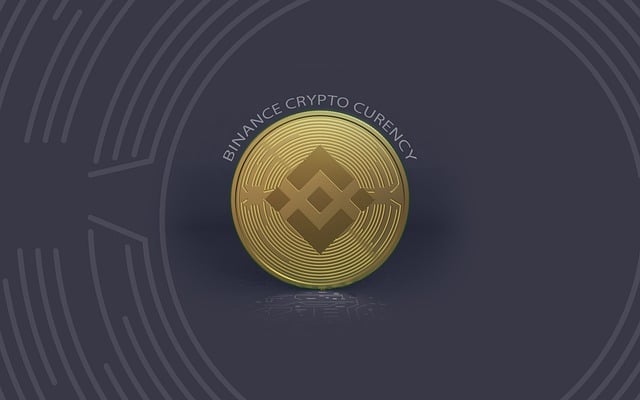
Final verdict — is Binance good for trading?
Binance is a strong choice for many traders in 2025: it combines liquidity, low fees, a wide product set, and advanced tools. That said, the “best” exchange depends on your personal needs:
- Choose Binance if you need deep liquidity, low fees, derivatives, and advanced API access.
- Consider regulated local exchanges if you need jurisdictional compliance or banking integrations.
- Test alternatives (MEXC, Bitget, Bybit) if you require features that Binance restricts in your area or want different incentive programs — see the sign-up links above to try them.
Actionable next steps:
- Open an account and complete KYC on the exchange you select (use the Binance registration link here if you choose Binance): Register on Binance (referral).
- Start with small-sized trades to verify order execution and slippage.
- Set clear risk rules: stop-losses, position sizing, and a journaling habit.
- Experiment with alternatives to optimize fees and services: MEXC, Bitget, Bybit.
Further reading and useful resources
- Binance official support & documentation: Binance Support
- Binance profile and company history: Binance — Wikipedia
- TradingView platform and charting recommendations: TradingView ranking: in-depth analysis
- AI trading bot strategies and profitability: Can you make money with AI trading bots?
- XRP sell-off analysis and recovery: XRP sell-off causes, impact, and recovery
Summary
Is Binance good for trading? For many active traders and institutions, yes — due to liquidity, low fees, and a broad product set. But weigh trade-offs: jurisdictional restrictions, custody risks, and complexity for beginners. Use the checklist and links provided to test the platform safely, compare other exchanges, and build a trading routine that prioritizes risk management and continuous learning.
Ready to test it yourself? Register on Binance here: Binance sign-up (referral), or explore alternatives like MEXC, Bitget, and Bybit to find the best fit.